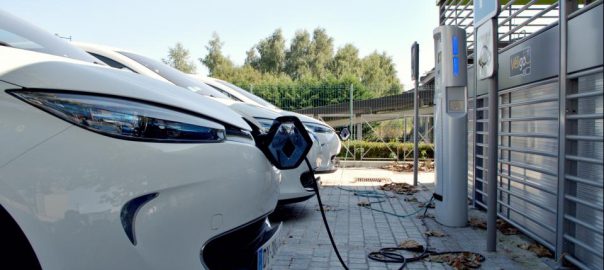WHAT WE LEARNED IN 2016: After many false dawns, 2016 was the year electric cars showed they are on a path to rapidly replacing the infernal combustion engine.
There are now more than half a million battery electric and plug-in hybrid vehicles on Europe’s roads, and annual sales are expected to top 1.5% of the market for the first time. While the figures are modest, Dieselgate has created an EV earthquake, shaking carmakers from their complacency.

The Paris Motor Show was a turning point. Volkswagen launched its “revolutionary” I.D concept and announced it aspired to a quarter of its sales being electric by 2025. Mercedes launched an equivalent Generation EQ concept range, announcing it was “flipping the switch”, which was backed up with an €11 billion investment. Opel confirmed the launch of the 300km range Ampera-e; Renault and BMW announced upgrades of the Zoe and i3, both with significantly longer ranges; and Renault commented:
“Our vision of the electric market is that it is not a niche market.”
Also, around a quarter of Mitsubishi sales can be plugged in and 7% of Porsche’s.
The U-turn in European carmakers’ attitude has resulted from a combination of market, technology and policy changes. Dieselgate has brought about much needed realism that outside Europe the tiny 5% share of new diesel cars will in the future decline, not grow.
In Europe, the scandal is stiffening the resolve of regulators to effectively enforce better tests that commence in 2017. Several countries, including France, are also increasing fuel excise duties and cities are proposing to ban or charge diesels or all combustion cars. UBS shockingly forecast diesel sales will fall to just 10% of the market by 2025 from 50% today.
Read more: Transport & Environment
